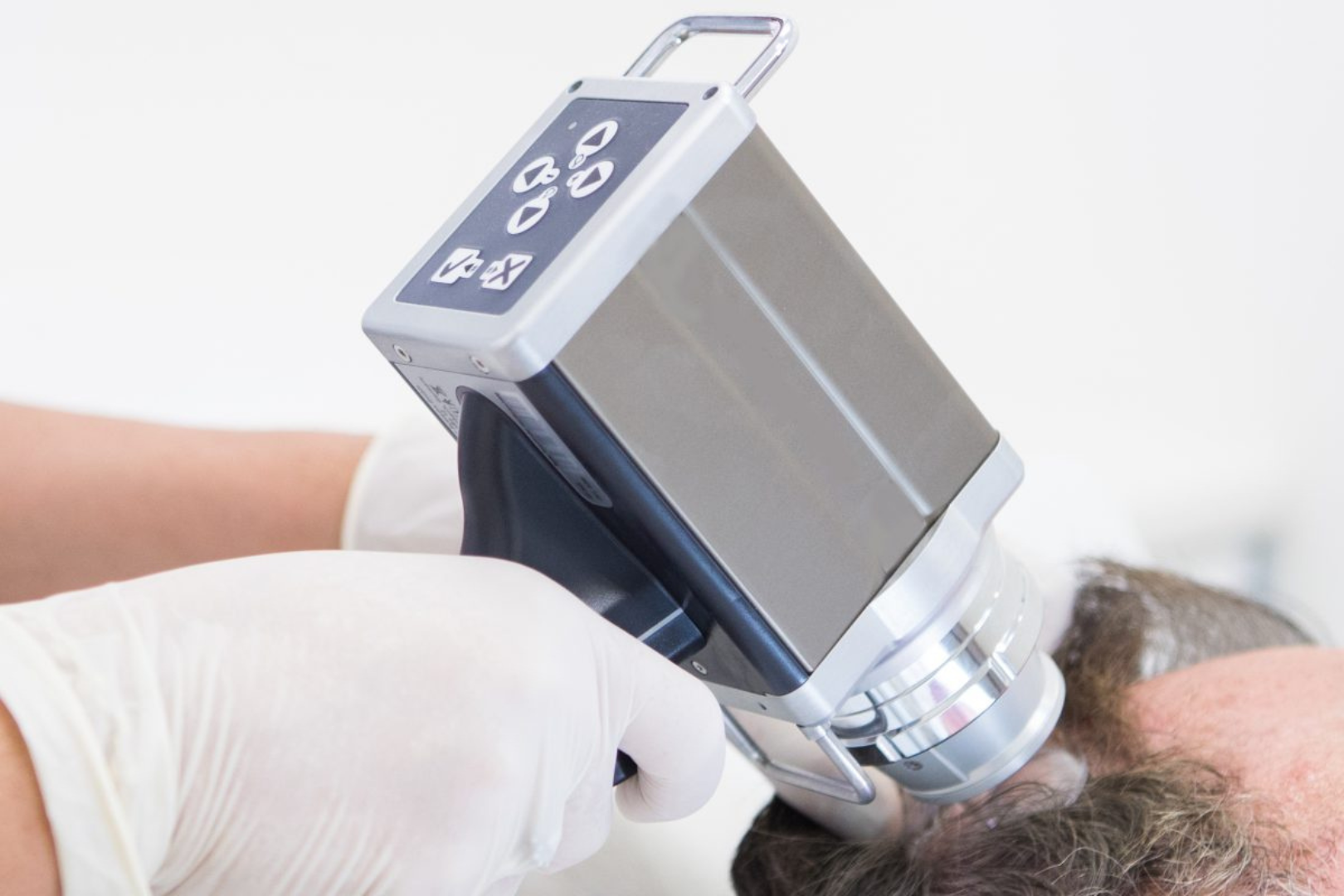Jan 29
/
Skillmed Institute
Common Challenges in Hair Restoration Training

Hair restoration training is a specialized and demanding field requiring practitioners to master surgical precision, understand complex patient needs, and stay ahead of evolving medical technologies.
However, becoming a proficient hair restoration expert requires prolonged and continuous learning. This article explores common hurdles faced during hair restoration training and highlights how institutions like Skillmed Institute address these challenges through comprehensive, hands-on education.
However, becoming a proficient hair restoration expert requires prolonged and continuous learning. This article explores common hurdles faced during hair restoration training and highlights how institutions like Skillmed Institute address these challenges through comprehensive, hands-on education.
Technical Mastery: The Core Challenge
One of the most significant challenges in hair restoration training is acquiring technical proficiency. Procedures such as Follicular Unit Extraction (FUE) and Follicular Unit Transplantation (FUT) demand meticulous surgical precision (Dua & Dua, 2010; Zito & Raggio, 2024). Trainees must develop dexterity in graft extraction, follicle preservation, and implantation while ensuring natural hairline aesthetics.
To address this, Skillmed Institute offers practical workshops where trainees work with real patients under expert supervision. These workshops provide intensive, hands-on experience, allowing students to refine critical surgical techniques.
Additionally, advanced tools such as the Choi Implanter Pen, used for precise follicle placement, are integrated into the training curriculum, ensuring familiarity with modern technologies.
Patient-Centered Challenges
Hair restoration professionals must navigate the complexities of individual patient profiles (Kerure et al., 2021). Patients exhibit diverse types of hair loss due to genetic, medical, or environmental factors. For example, post-cancer alopecia or trauma-induced hair loss demands a nuanced treatment approach.
Skillmed Institute addresses this by offering specialized courses focusing on unique patient scenarios. Through case-based learning modules, trainees gain insights into managing diverse patient conditions. They learn how to design personalized treatment plans based on hair type, scalp health, and individual aesthetic goals.
Staying Current with Technological Advancements
The rapid pace of technological advancements presents another challenge. Hair restoration methods continuously evolve, requiring practitioners to remain updated on emerging techniques such as robotic hair transplantation and bioengineered hair grafts.
Skillmed Institute stays at the forefront of innovation by integrating the latest technologies into its curriculum.
Regular workshops, live demonstrations, and expert-led seminars ensure that trainees stay informed about cutting-edge practices. This approach fosters adaptability and technological proficiency among graduates.
The Learning Curve in Non-Surgical Therapies
Hair restoration training extends beyond surgical techniques. Non-surgical treatments such as Platelet-Rich Plasma (PRP) therapy (Paichitrojjana & Paichitrojjana, 2022), low-level laser therapy (LLLT) (Pillai & Mysore, 2021), and scalp micropigmentation are essential components of modern hair restoration services.
Skillmed provides specialized modules focusing on these therapies. Trainees learn how to administer PRP injections, perform laser treatments, and apply scalp micropigmentation techniques.
The institute ensures a well-rounded education by covering both surgical and non-surgical approaches.
Ethical and Professional Considerations
Ethical decision-making is an often overlooked aspect of hair restoration training. Practitioners must set realistic patient expectations, navigate consent protocols, and manage sensitive cases involving body image concerns.
Skillmed emphasizes ethical training through interactive sessions where trainees engage in simulated consultations. They learn how to communicate effectively, manage patient expectations, and adhere to professional ethics.
The Bottom Line
Mastering hair restoration is complex, requiring technical expertise, patient-centered care, technological adaptability, and ethical practice. Institutions like Skillmed Institute play a pivotal role in shaping future professionals by addressing these challenges through comprehensive, hands-on training.
References
- Dua, A., & Dua, K. (2010). Follicular Unit Extraction Hair Transplant. Journal of Cutaneous and Aesthetic Surgery, 3(2), 76–81. https://doi.org/10.4103/0974-2077.69015
- Kerure, A. S., Deshmukh, N., & Agrawal, S. (2021). Challenges in hair transplantation practice as a beginner. Indian Journal of Dermatology, Venereology and Leprology, 87(2), 303–305. https://doi.org/10.25259/IJDVL_281_20
- Paichitrojjana, A., & Paichitrojjana, A. (2022). Platelet Rich Plasma and Its Use in Hair Regrowth: A Review. Drug Design, Development and Therapy, 16, 635–645. https://doi.org/10.2147/DDDT.S356858
- Pillai, J. K., & Mysore, V. (2021). Role of Low-Level Light Therapy (LLLT) in Androgenetic Alopecia. Journal of Cutaneous and Aesthetic Surgery, 14(4), 385–391. https://doi.org/10.4103/JCAS.JCAS_218_20
- Zito, P. M., & Raggio, B. S. (2024). Hair Transplantation. In StatPearls. StatPearls Publishing. http://www.ncbi.nlm.nih.gov/books/NBK547740/

Company
Need Help?
Recruitment
Made in Europe ©2024 Skillmed

